Navigating The Terrain: A Comprehensive Look At Potential 2025 Toyota 4Runner Issues
Navigating the Terrain: A Comprehensive Look at Potential 2025 Toyota 4Runner Issues
Related Articles: Navigating the Terrain: A Comprehensive Look at Potential 2025 Toyota 4Runner Issues
Introduction
In this auspicious occasion, we are delighted to delve into the intriguing topic related to Navigating the Terrain: A Comprehensive Look at Potential 2025 Toyota 4Runner Issues. Let’s weave interesting information and offer fresh perspectives to the readers.
Table of Content
Navigating the Terrain: A Comprehensive Look at Potential 2025 Toyota 4Runner Issues
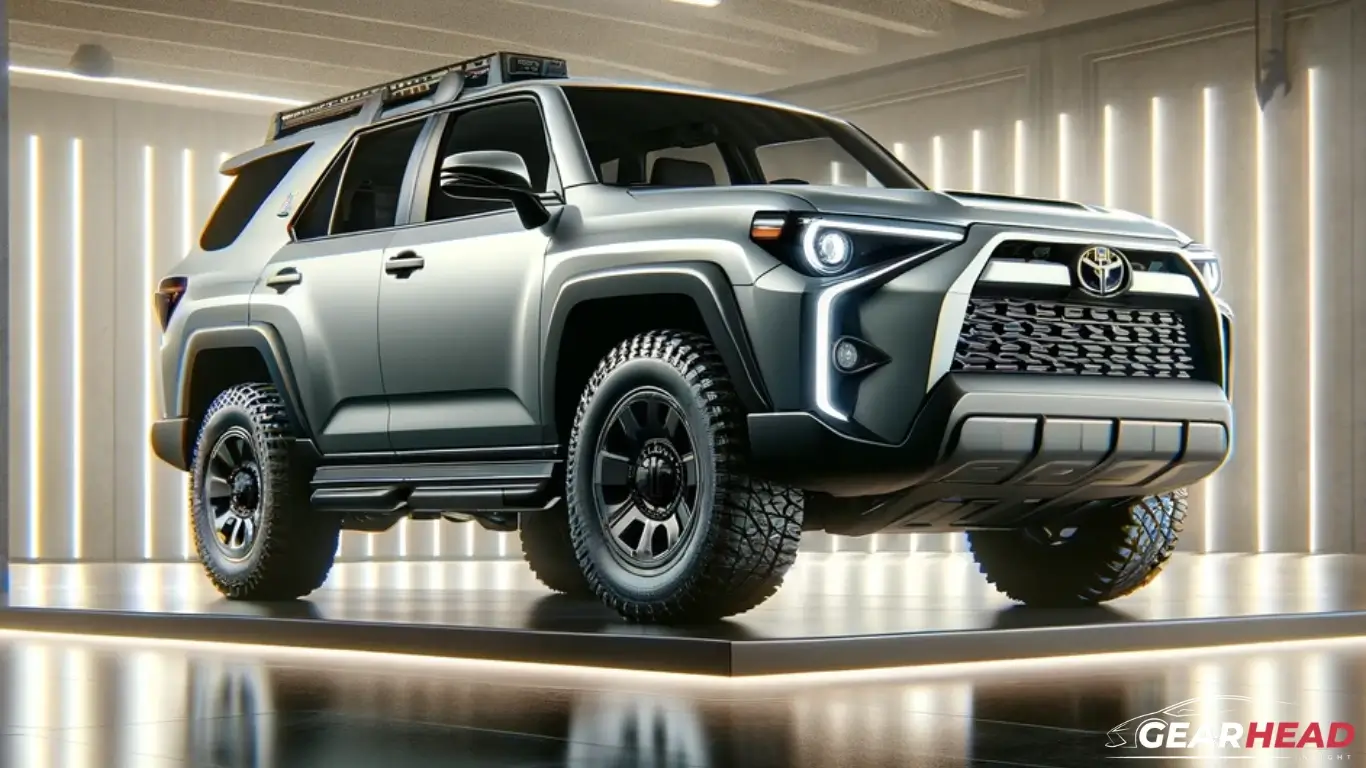
The Toyota 4Runner, a stalwart in the off-road and adventure vehicle segment, has consistently earned its reputation for reliability and durability. While the 2025 model year is yet to arrive, analyzing historical trends and emerging automotive technologies can provide insights into potential issues that owners may encounter. This comprehensive overview aims to equip prospective buyers and current owners with the knowledge to make informed decisions and mitigate potential problems.
Understanding the 4Runner’s Strengths and Weaknesses:
The 4Runner’s enduring popularity stems from its robust design, powerful engines, and off-road prowess. However, like any vehicle, it’s not immune to potential issues. Past model years have highlighted certain areas that require attention, offering valuable lessons for the 2025 model.
Potential 2025 4Runner Issues:
1. Transmission Problems:
Historically, Toyota transmissions have been reliable, but certain model years have experienced issues with the 5-speed automatic transmission, particularly in harsh off-road conditions. While Toyota has addressed these issues with improved designs and software updates, the 2025 4Runner’s transmission, likely a refined version of the current 6-speed automatic, may still require careful maintenance and monitoring.
2. Suspension and Steering Components:
The 4Runner’s rugged nature subjects its suspension and steering components to significant stress, especially when tackling challenging terrain. Wear and tear on ball joints, tie rods, and other components can lead to handling issues, noise, and potentially unsafe driving conditions. Regular inspections and timely replacements are crucial.
3. Electrical System Issues:
Modern vehicles rely heavily on complex electrical systems, and the 4Runner is no exception. Faulty sensors, wiring harnesses, and control modules can lead to a range of problems, including engine misfires, malfunctioning lights, and even safety system failures.
4. Engine Issues:
While Toyota engines are renowned for their durability, certain model years have experienced issues with the V6 engine, including oil consumption and head gasket failures. These problems are often linked to high mileage and improper maintenance.
5. Body and Interior Durability:
The 4Runner’s body-on-frame construction offers excellent off-road durability, but the body panels themselves can be prone to scratches, dents, and rust, especially in harsh environments. The interior, while generally robust, may experience wear and tear on upholstery and trim over time.
6. Infotainment System and Technology:
The 4Runner’s infotainment system, while functional, may not be as advanced as some competitors. Its interface can be cumbersome, and the integration of newer technologies like advanced driver-assistance systems (ADAS) may be limited.
7. Fuel Economy:
The 4Runner’s powerful engines and off-road capabilities come at the expense of fuel economy. While Toyota has made efforts to improve efficiency, the 4Runner remains a relatively thirsty vehicle compared to its rivals.
Addressing Potential Issues:
Proactive maintenance and a thorough understanding of the 4Runner’s strengths and weaknesses are key to mitigating potential problems.
Maintenance Tips:
- Regular Oil Changes: Frequent oil changes are crucial for engine longevity, especially in demanding driving conditions.
- Fluid Checks: Regularly check and replace fluids such as transmission fluid, coolant, brake fluid, and power steering fluid.
- Inspection and Replacement: Regularly inspect suspension components, steering components, brakes, and tires. Replace worn or damaged parts promptly.
- Electrical System Checks: Have a qualified mechanic inspect the electrical system for any signs of problems.
- Body and Interior Care: Protect the exterior from damage and maintain the interior with regular cleaning and care.
Addressing Specific Issues:
- Transmission Problems: Maintain the transmission fluid levels and ensure proper operation. Consider a transmission fluid flush if necessary.
- Suspension and Steering: Regularly inspect and replace worn components. Consider upgrading to heavier-duty components for off-road use.
- Electrical System: Address any electrical problems promptly. Consider upgrading to a more robust wiring harness or control modules if necessary.
- Engine Issues: Maintain proper oil levels and address any engine problems promptly. Consider a professional inspection if there are concerns about oil consumption or head gasket issues.
Benefits of Addressing Potential Issues:
- Enhanced Reliability: Proactive maintenance and timely repairs can significantly improve the vehicle’s overall reliability.
- Improved Performance: Addressing issues with suspension, steering, and electrical systems can enhance the vehicle’s handling, responsiveness, and overall performance.
- Increased Safety: Regular inspections and maintenance ensure that safety systems are functioning correctly, minimizing the risk of accidents.
- Extended Lifespan: By addressing potential problems early, you can extend the vehicle’s lifespan and maximize its value.
FAQs Regarding 2025 4Runner Potential Issues:
Q: Are 2025 4Runners prone to transmission problems?
A: While Toyota has addressed transmission issues in previous model years, the 2025 4Runner’s transmission may still require careful maintenance and monitoring, especially for off-road use.
Q: What are the most common suspension and steering issues in 4Runners?
A: Common issues include worn ball joints, tie rods, control arms, and steering rack components. Regular inspections and timely replacements are crucial.
Q: How can I prevent electrical system problems in my 4Runner?
A: Ensure that the battery is properly maintained, check wiring harnesses for damage, and have a qualified mechanic inspect the electrical system regularly.
Q: What are the signs of engine problems in a 4Runner?
A: Signs include excessive oil consumption, engine misfires, unusual noises, and reduced power. Address these issues promptly.
Q: Is the 4Runner’s infotainment system user-friendly?
A: The 4Runner’s infotainment system is functional but may not be as advanced or user-friendly as some competitors.
Q: What is the 4Runner’s fuel economy like?
A: The 4Runner’s fuel economy is relatively low compared to its rivals, due to its powerful engines and off-road capabilities.
Conclusion:
The 2025 Toyota 4Runner promises to continue its legacy of off-road prowess and rugged reliability. However, understanding potential issues and implementing proactive maintenance strategies is crucial for maximizing its lifespan and ensuring a satisfying ownership experience. By addressing these concerns and prioritizing regular inspections and repairs, owners can enjoy the 4Runner’s legendary capabilities for years to come.


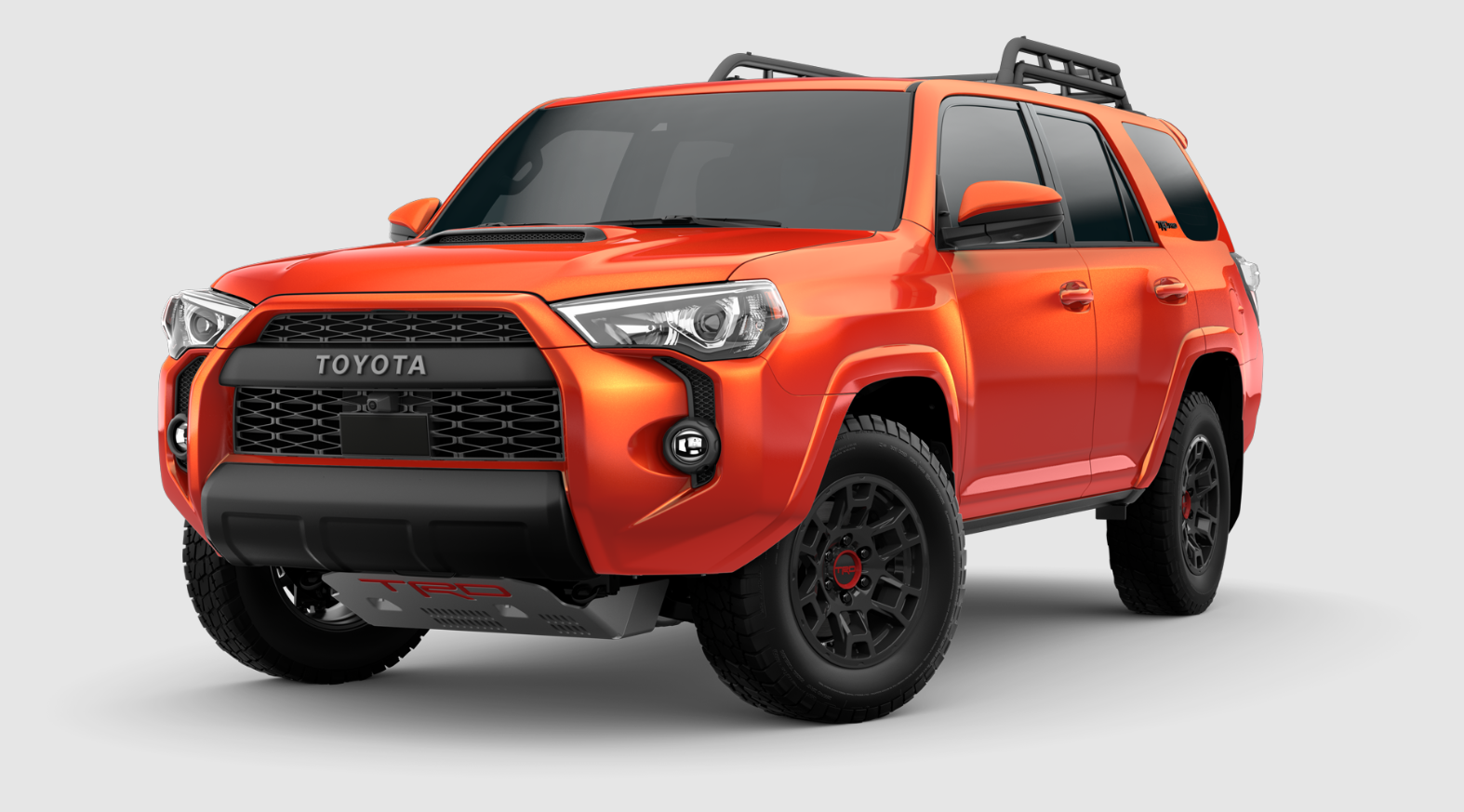

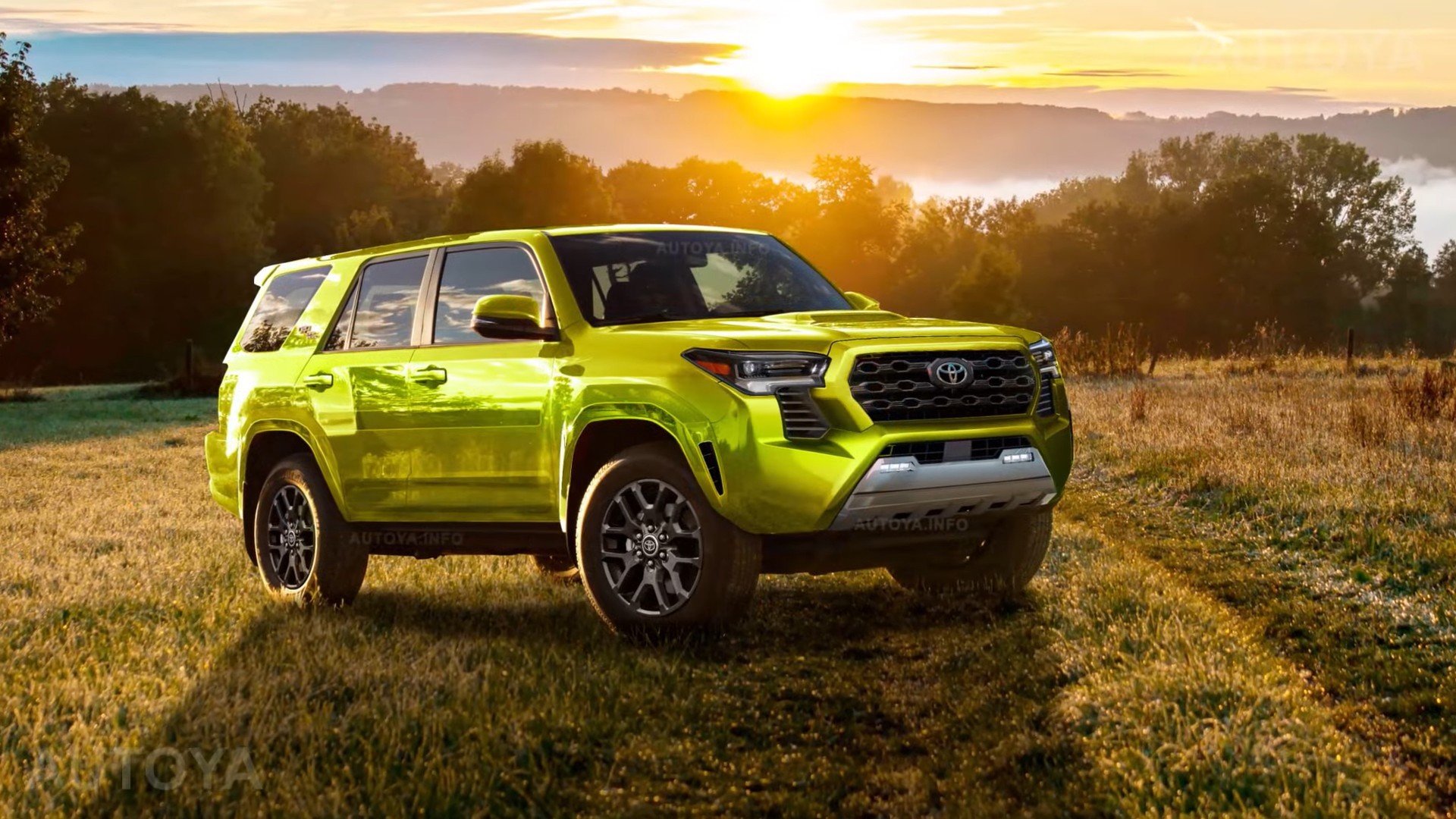
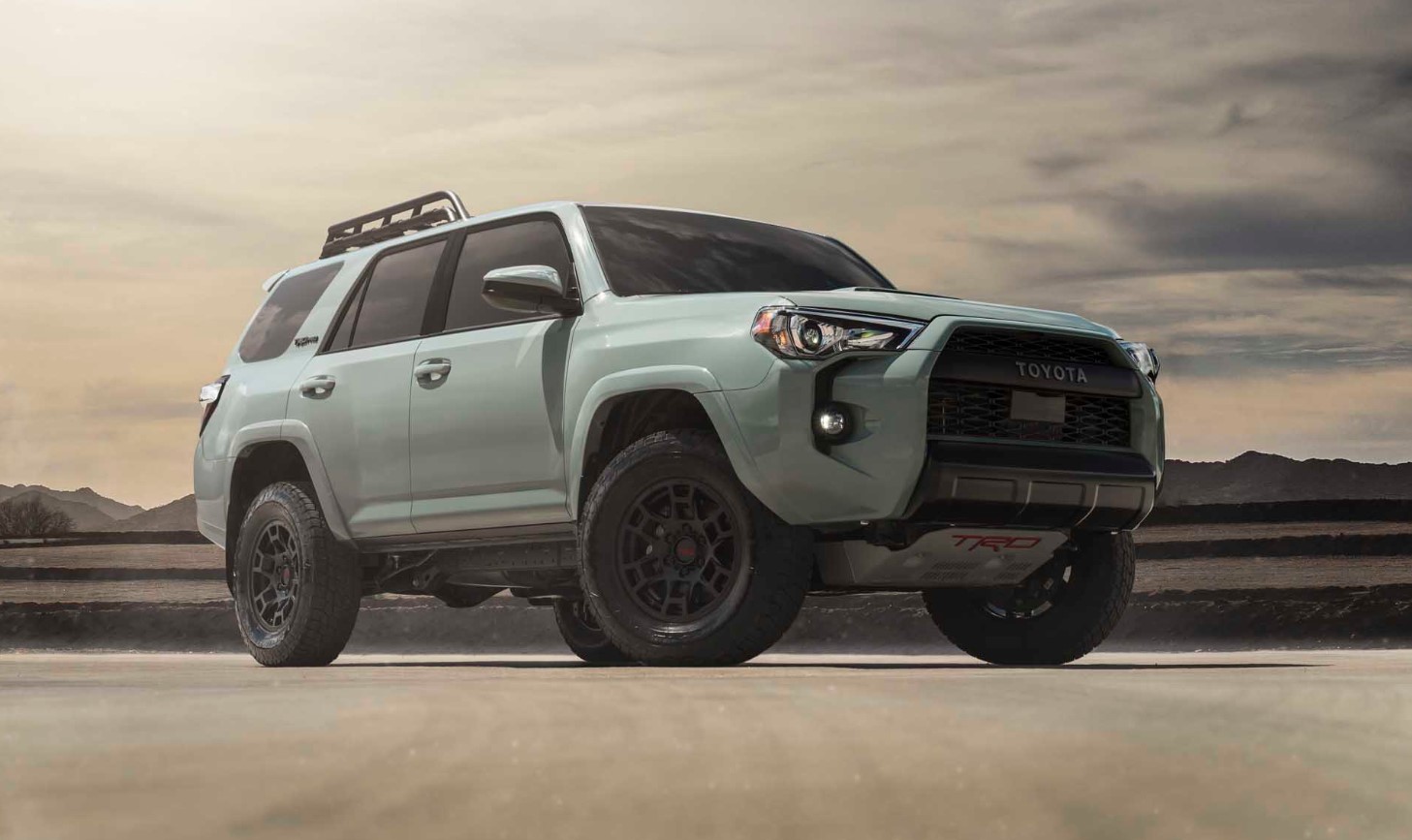

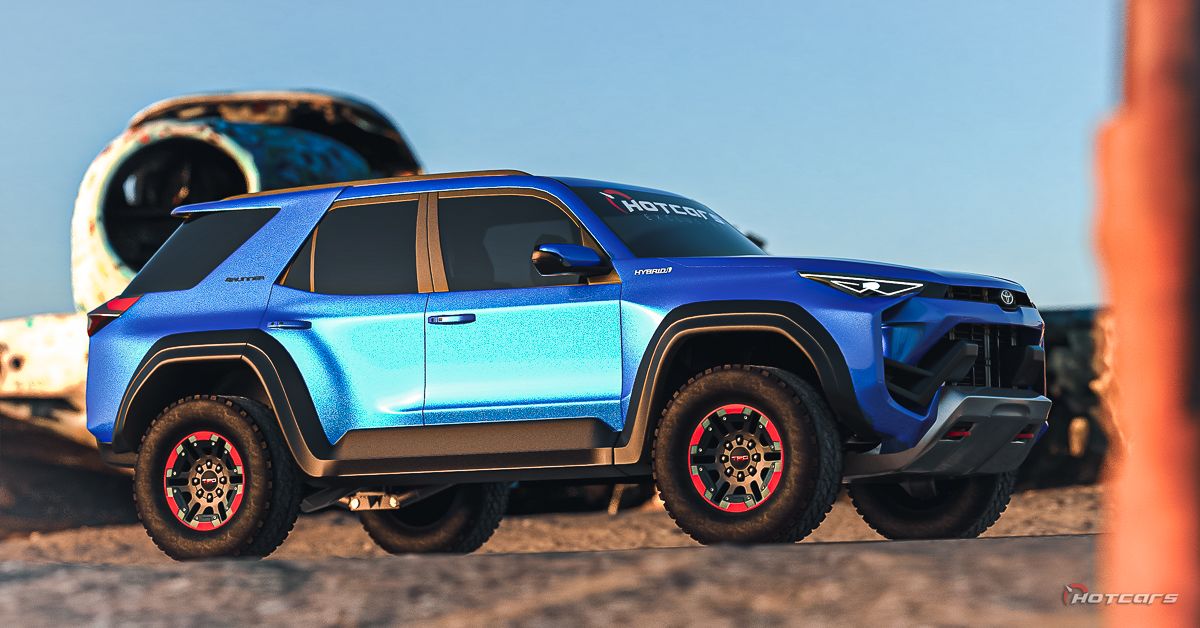
Closure
Thus, we hope this article has provided valuable insights into Navigating the Terrain: A Comprehensive Look at Potential 2025 Toyota 4Runner Issues. We appreciate your attention to our article. See you in our next article!